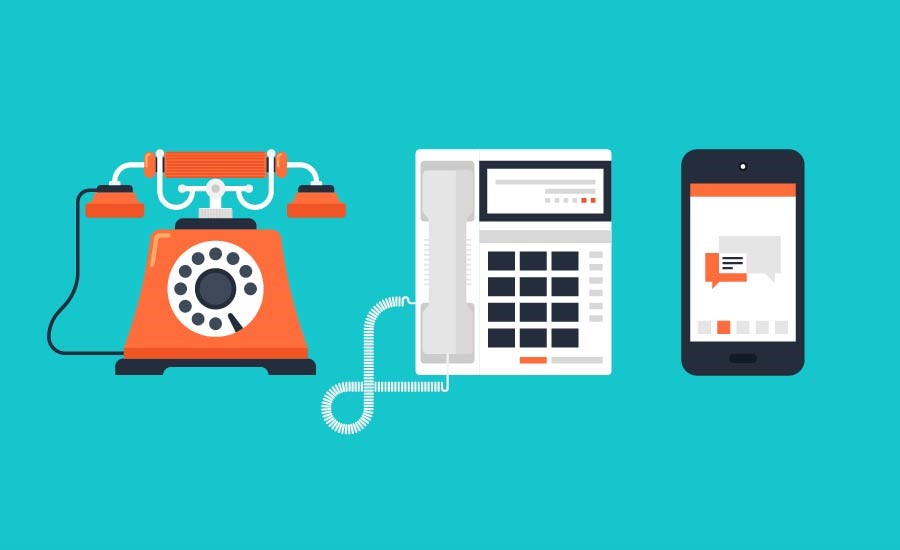Instant messaging has changed the landscape of business-to-consumer interaction. The average American now receives a variety of texts from corporations and acquaintances. Digital-based customer service also opens more avenues to conduct business worldwide. How has digital transformation changed this multichannel approach and disrupted eCommerce and the sales cycle as we know it?
Brief History of Technology in Customer Service
Instant messaging has come a long way since the days of Internet Relay Chat (IRC) and web messaging platforms used throughout the 1980s and 1990s. Now there are multiple messaging apps on a consumer’s smartphone at a time, such as WhatsApp, Kik, and Snapchat, supplementing the already versatile channel of text.
Call tracking has also grown in sophistication to be more than logging what phone number will reach the customer. This technology includes more insights and integration to create personal profiles and track the entire customer journey, not just record a conversation.
The Impact of New Technology on Customer Experience
A deeper customer experience arrived with 21st-century technology. The wave of instant messaging began as more Americans purchased smart phones and computers. They’ve become acquainted with the ease and quickness of communication, and the text message now dominates exchanges between friends and family.
As customers spend more time connecting through mobile and online, businesses are next to adapt these new technologies into their Customer Relationship Management (CRM) system. For representatives, the use of the traditional call center declines in favor of the direct, instantaneous nature of text and web chats. As customers know, when they can reach out to companies faster and avoid waiting on the phone, they’re increasingly willing to initiate these conversations.
How Customer Behavior Drives Business Messaging
Today’s market is full of tech-savvy digital natives who often rely on their smart phones to gather information and shop online. Customers prefer the convenience and familiarity of text, especially because they can start and stop the conversation as they please.
In today’s stores, the phones might ring less often but an organization’s social media and web chat bustle with activity and potential new customers to connect with. Instant messaging ultimately drives a more personalized experience when learning about your products or services.
Also, businesses are able to continue to build trust and loyalty by sending relevant outbound messages to customers with up-to-date information about products and promotions that will keep them coming back for more. It is extremely important that businesses consider this is not just an opportunity to reach customers, but that if the customer has a question, they should be able to easily respond to the message ensuring it is a two-way conversation.
The Future of Instant Messaging for Business
Mobile messaging volume is rising by the year and signaling no intentions of slowing down. Another noteworthy trend is the way in which third-party platforms continue to develop their messaging apps, injecting rich media into the presentation along with more features and service integrations.
You can expect to see more businesses harnessing instant messaging on their platforms. Chatbots are already in-demand for supplying even faster solutions. What’s more, sales and service reps need training for this channel to act authentically with customers — professional, conversational, and engaging — as if two friends were texting.
Does digital transformation within the customer experience mean the phone call is obsolete? Perhaps these technologies shouldn’t be competing but complementing each other to give the customer more say, whether it’s using their voice or their fingertips.
Embrace the Future of Instant Messaging With Quiq
The Quiq Digital Customer Engagement Platform utilizes SMS/Text and instant messaging as part of an multi-channel approach to business and customer communications. The streamlined integration with your existing CRM solution and in-depth performance analysis allows you to use messaging as your most versatile communication channel and make improvements to customer service operations. To learn more, request a live demo today.




